Lawyer John Quinn on supporting the LA art scene: ‘It shows us back our city’
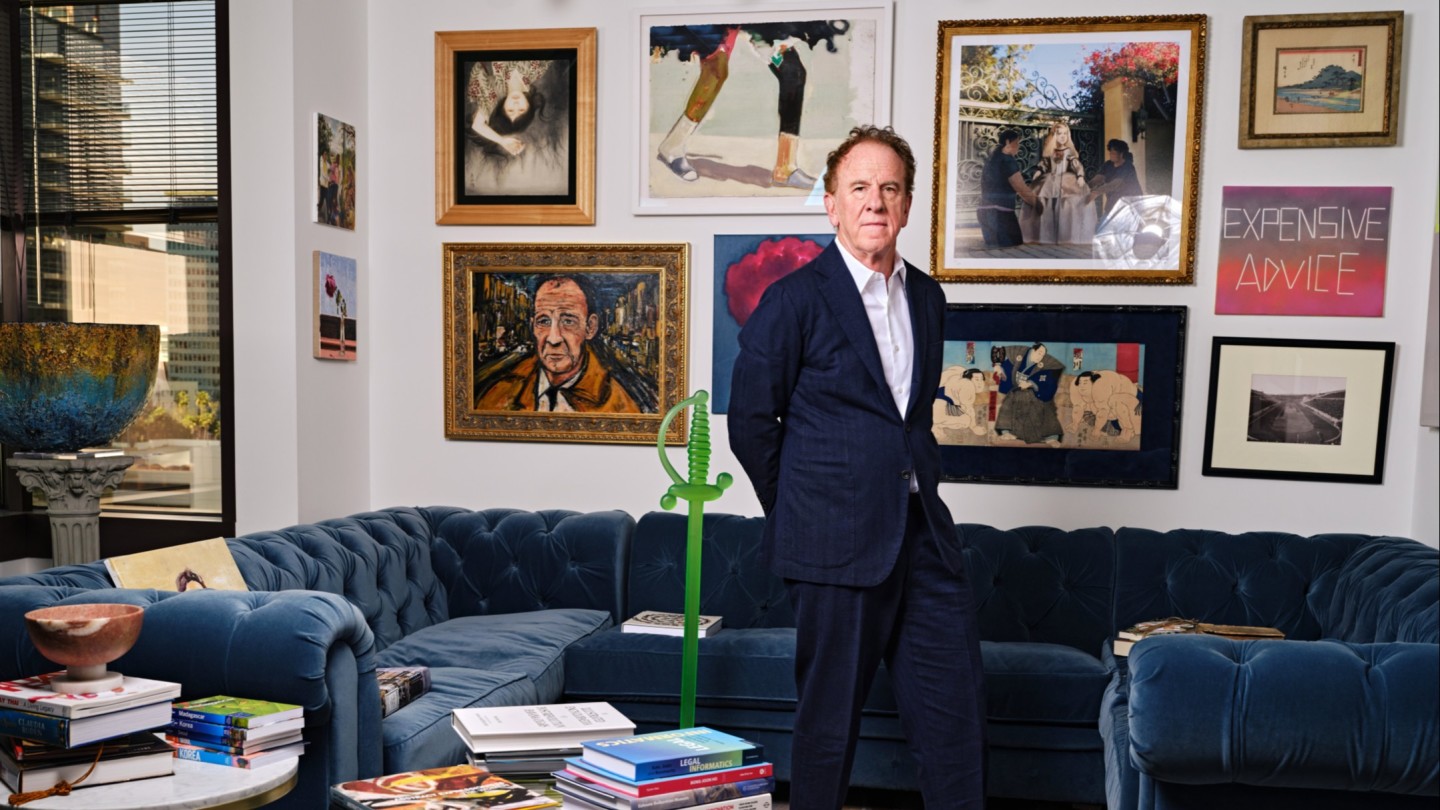
Roula Khalaf, Editor of the FT, selects her favourite stories in this weekly newsletter.
When John Quinn, the renowned Los Angeles-based lawyer and art collector, joins our Zoom call, I’m surprised to find he’s in his car. Has he been working from there? “Of course I work from my car — haven’t you seen The Lincoln Lawyer?” he immediately jokes, referring to the popular TV series.
A few minutes later, still on the Zoom, he has left his car and headed into his Downtown office, shedding his cap and settling behind his desk. The surfaces of the room are plastered with artworks and family pictures hanging on the walls, propped on the furniture, others glimpsed through an open door. There were also two skateboards on the wall by Blondey McCoy.
Quinn has a storied reputation as one of the world’s top litigation lawyers. He co-founded Quinn Emanuel Urquhart & Sullivan in 1986 — the firm has 34 offices around the world, from Perth to Atlanta — and its clients have included General Motors, Samsung and Elon Musk. Now aged 72, the father of five is direct, energetic and tough. He takes his lawyers on gruelling mountain treks and has done the Ironman triathlon challenge twice.
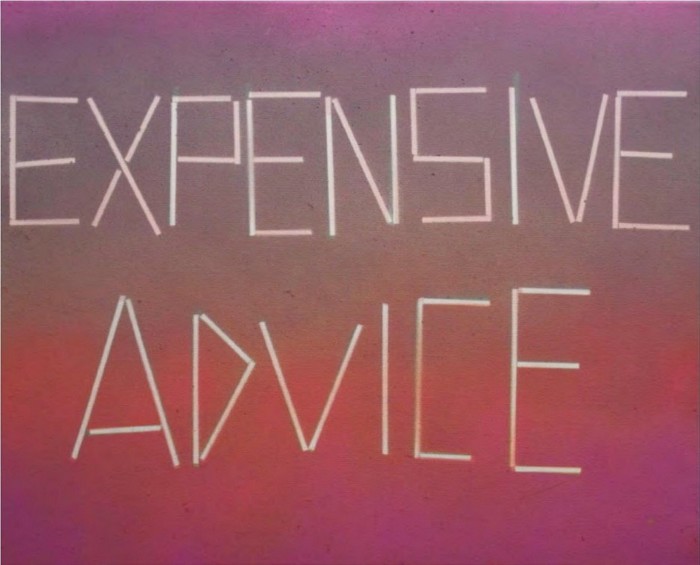
I ask him about what drives his collecting. “I have a need to own things, to have things,” he says. (He rejects the suggestion there’s a relationship between this and his litigator’s desire to win.) “Initially I collected antiquities, classical pieces — I am very interested in the culture of ancient Greece . . . I love the pots with mythological scenes, gods on them. I also collect first editions, for example I have Darwin’s Origin of the Species and the first English edition of Montaigne’s Essays. I never get rid of anything — I even have 19 bicycles!”
Quinn explains that at one point he was spending a lot of time in South Korea so he visited its galleries and museums in his free time, and about 10 years ago he started collecting Korean contemporary art, then he continued more broadly. Today he focuses largely on Angeleno artists, and his firm has a residency programme devoted to them.
A significant moment was seeing the Velázquez portrait of Juan de Pareja (1650) as an adolescent. “I had an epiphany,” he says. He says the portrayal of the Black servant, who later became a painter, was “so compelling, so human, so insightful. It wasn’t a servant. It was a very dignified human being, like someone any one of us would recognise . . . It was for the first time that I realised the possibilities of painting.” He continues ruefully: “But of course I couldn’t afford Velázquez, even if you could buy one.”
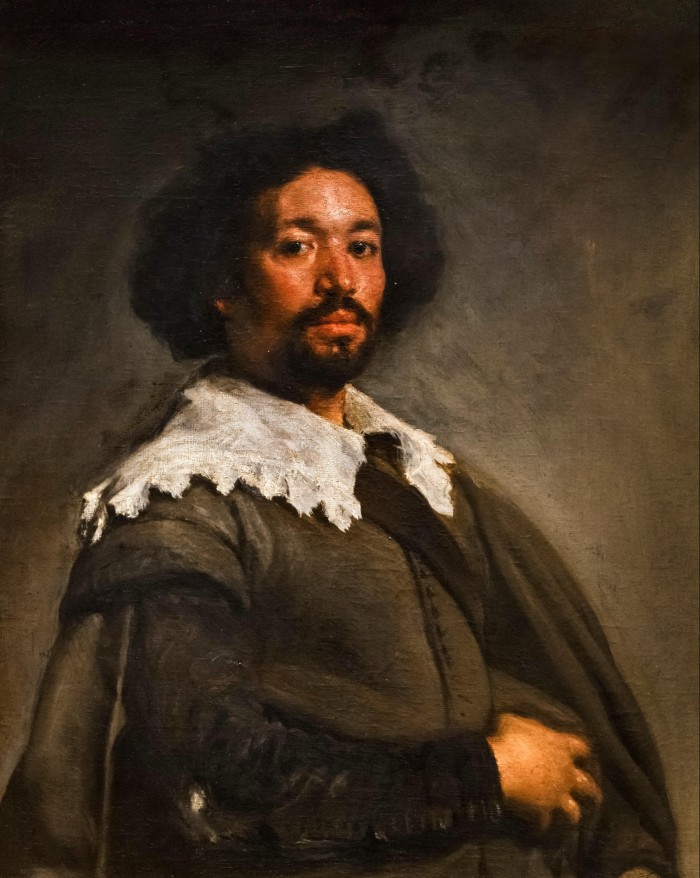
I ask him what attracts him to an artwork. “I respond to colour, I mainly like figurative work, I like words in paintings,” he says. “I also like contemporary works with classical themes,” relating to his earlier collecting.
“Nothing is in store,” he continues. “Almost all the contemporary art is in my offices, which numbers about 100 works now. My wife doesn’t like it! She prefers traditional art, plein air landscapes.” Among the names in his collection are Gerhard Richter, Damien Hirst, Lia Halloran, Aaron Fowler, Moffat Takadiwa, Victoria Sambunaris, Woody De Othello and Andy Woll.
Showing art in an office environment often means not showing the most challenging works. “There was only one work that could have been problematic,” he says, talking about Han Young Wook’s “Life”. “I didn’t want to be sued for a hostile work environment. So I sent around a memo and everyone but one person loved it. So I hung it.”
That work shows an older man clinging on to a younger woman. “I’m not 20 years old any more — the emotion and the rawness appealed to me,” he says. This might be a sensitive subject, and I feel some reticence later when I ask about the future of the collection. “I’ve never even thought about that,” he says. “I am not good about thinking of the concept of mortality.”
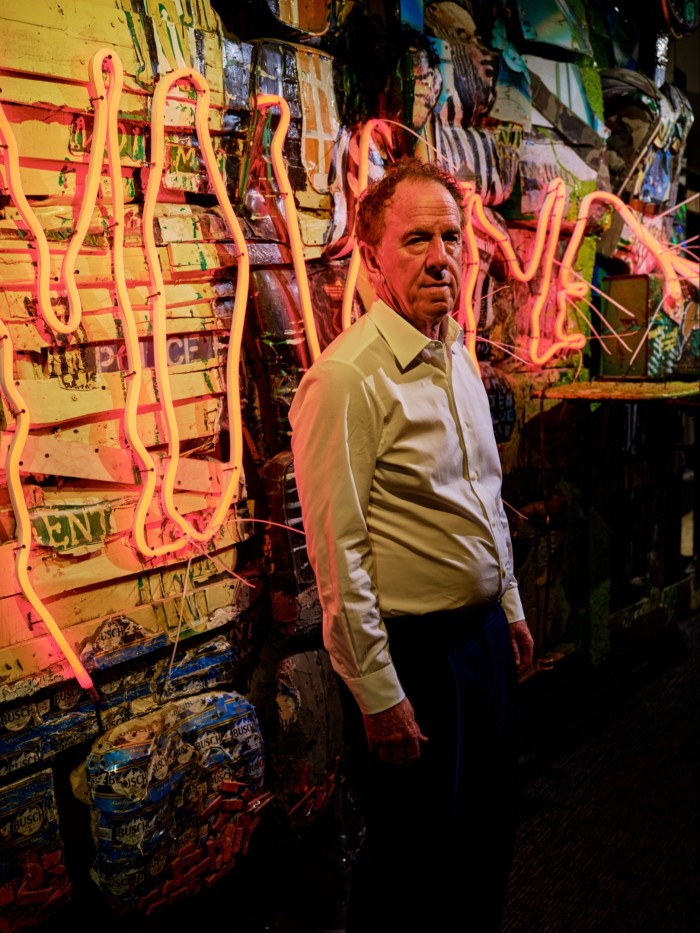
Quinn is also the founder of the Los Angeles branch of the Museum of Broken Relationships, in partnership with the original space in Zagreb, Croatia. It displays items given by the public — from a spare key that was never used to silicone breast implants — along with the story of their significance to the donor. “Such a moving, interesting idea. People keep things they shouldn’t keep . . . They can’t bring themselves to throw things away.”
Three years ago the firm launched a residency programme aimed at emerging and mid-career artists in the greater Los Angeles area; 17 have benefited so far. “One of the things I like about this programme is that it has brought the city into our offices and, like a mirror, shows us back our city,” says Quinn. “For example, Francisco Palomares paints real people and some of my colleagues recognised the subject [of one of the pictures].
“I created this project because it is important for the city and to have an artists’ community here. I just wish I had bought more of their art when they were here!”
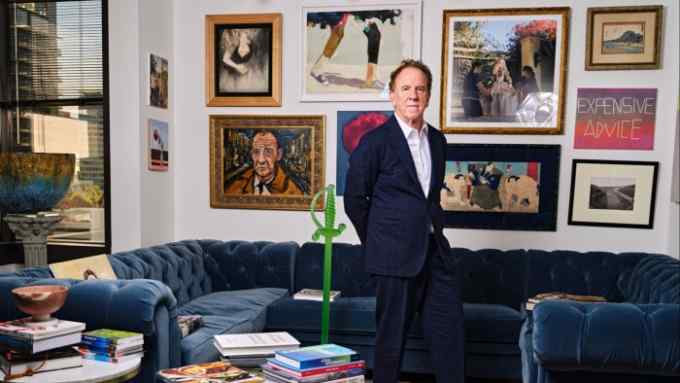
Comments